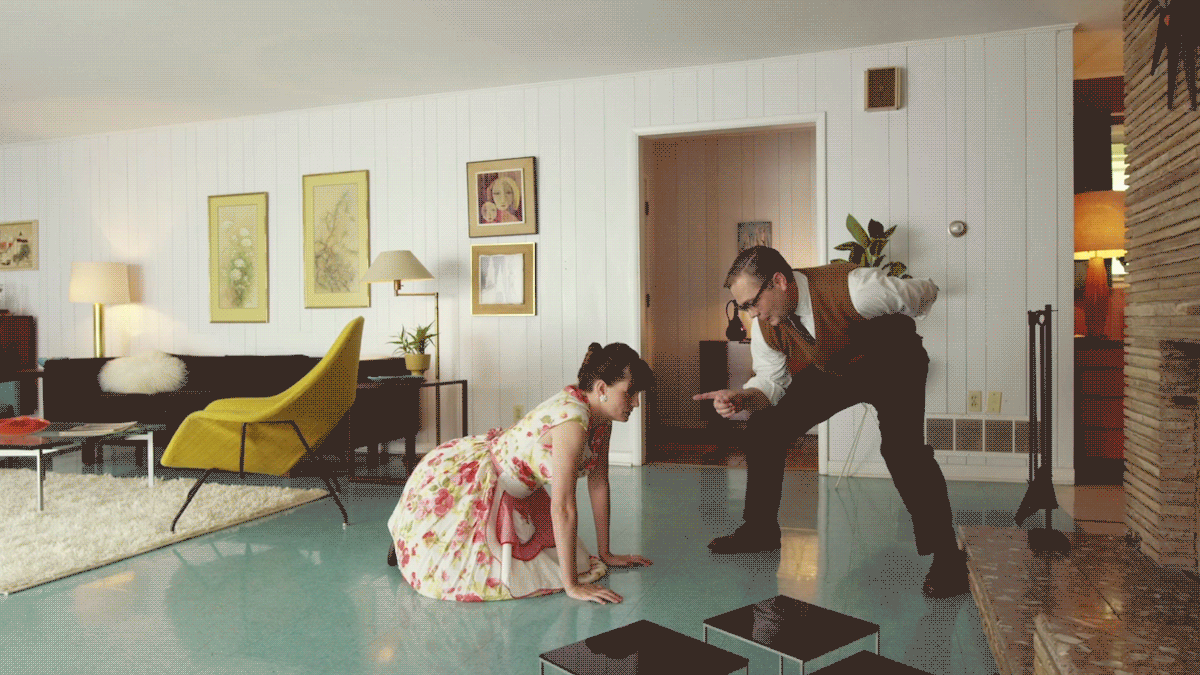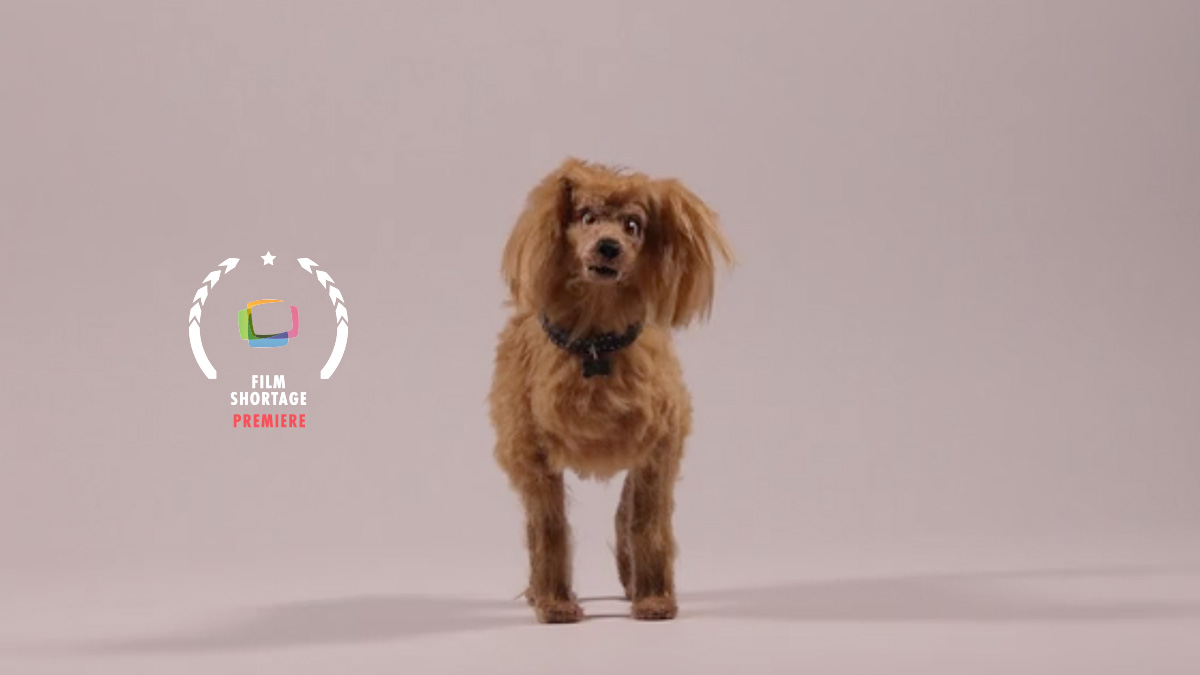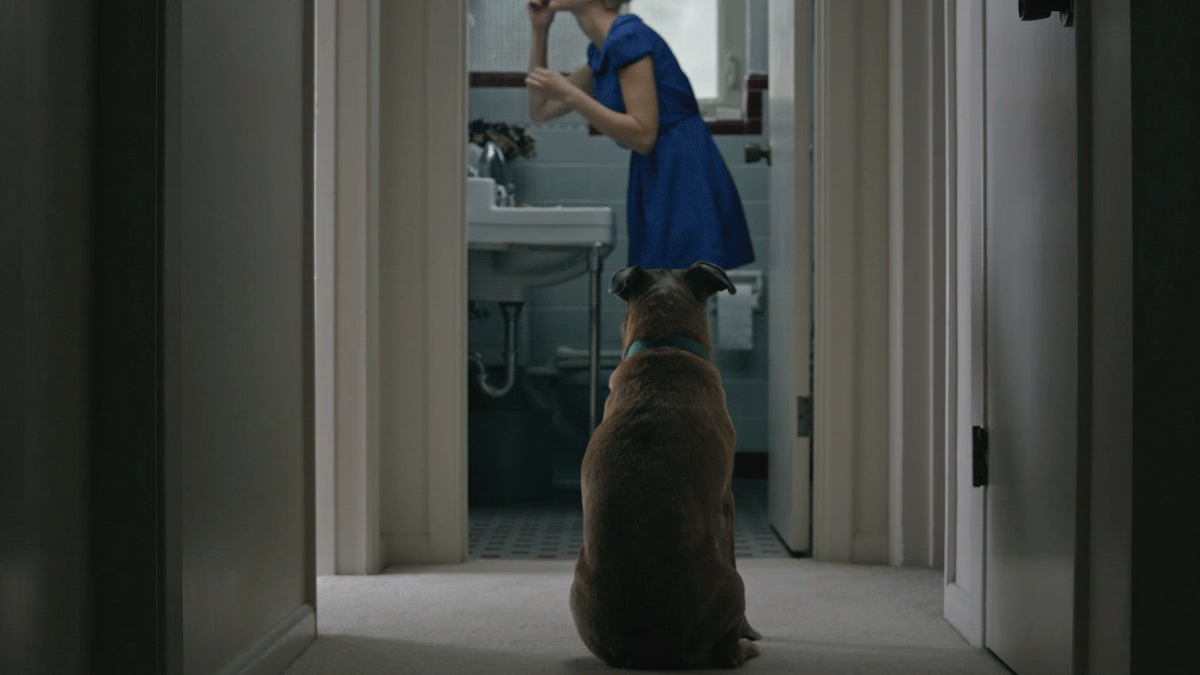Upon re-entering society, a young man is given work in the harsh environment of a meat processing facility. As the full moon draws nearer, his self-control comes under ever greater strain faced with the mounting cruelty and indifference he sees around him.
Jamie Gyngell and Jamie Whitby play deep with your senses in their magnificent (sci-fi/fantasy) thriller Big Dog. Completely reimagining the tale of a mythical beast, we are given a rather original perspective on an aging genre. (Spoiler alert) Big Dog takes place in a world in which werewolves exist, but are controlled and monitored by the government. Their identities are protected, but they remain marginalized and repressed figures all the same. The film follows Daniel as he is placed back into society and is given work at a meat processing facility. The suspicions of his new boss and colleagues soon test his self-control as the full-moon nears.
Big Dog came about as an effort to reimagine the werewolf genre. We wanted to explore what it might mean to be a werewolf in the real world, and began to see an allegory among the dispossessed and marginalised groups present in our society.
We were looking to tell the story in the most minimal and stripped back way possible, to try and mirror the sense of alienation our protagonist feels throughout, using soundscapes to get inside his head, rather than explicitly telling the audience what’s going on in there. To that extent, huge credit to Neil Johnson who did the sound design and Chris Serantis who scored it.
We were also interested in telling a story which is essentially a mystery, drip feeding clues rather than coming right out and saying it. We wanted to make a film that leaves an audience with as many questions as answers.
What the filmmakers achieve brilliantly is in its comparison to how our society treats its own ‘monsters’: people on probation, sex offenders and immigrants – those who the authorities deem safe to live among us, but who are never truly welcome. Thriving on the unique point of view of an unaccepted man, we are driven through the film with very little knowledge, but captivated by an incredible sense of suspense and mystery, in part amplified by the magnificent sound design and soundtrack, not to mention the sharply crafted cinematography.
We shot anamorphically on a 4:3 Alexa using practical lighting throughout—achieved by our brilliant DOP James Blann. The lenses were JDC Xtal Xpress anamorphics, really beautiful lenses which have so much character. Some of them feature some pretty extreme distortion, one of which we used in the fireside scene.
The lenses were lent to us by the superb Lester Dunton—the son of Kubrick’s longtime collaborator, Joe Dunton. Joe and Lester have an insane collection of lenses, real pieces of cinema history stored in this mad warehouse. Everywhere you looked there was something to salivate over. They did us an absolutely amazing deal when the budget was beginning to look impossible—so a big, big thanks to them.




